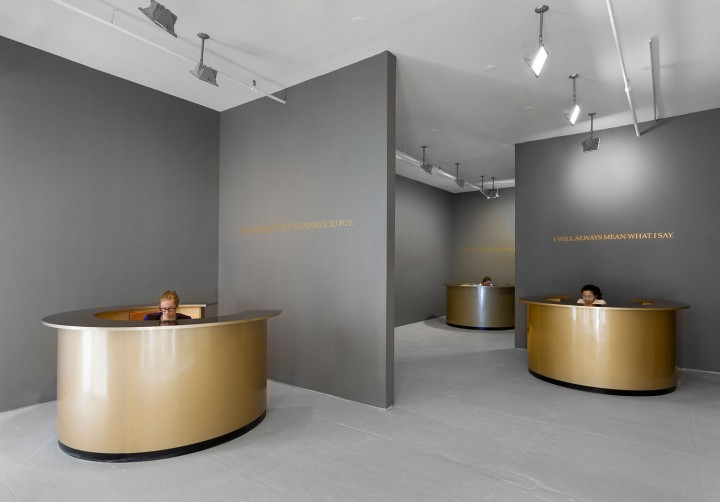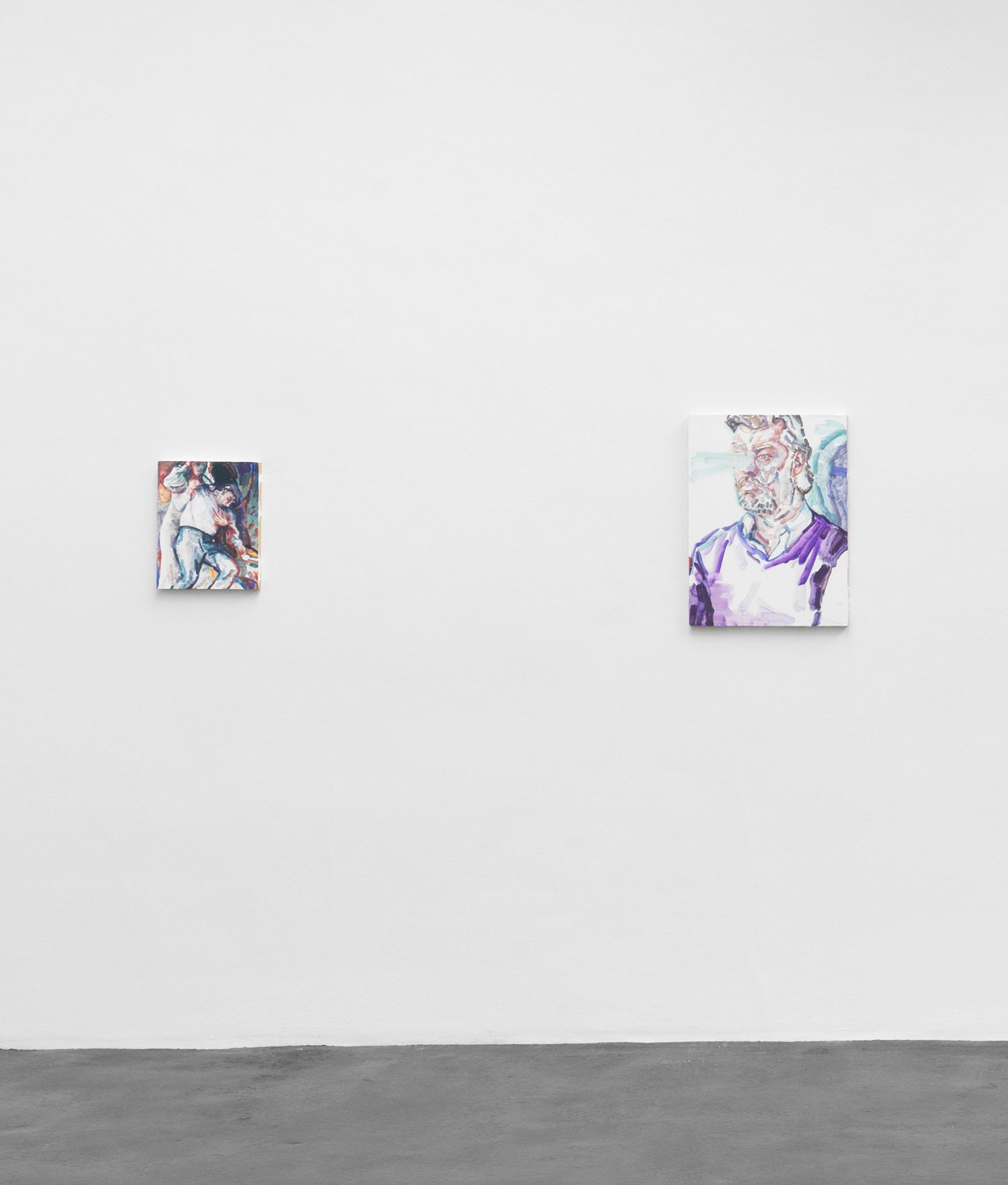“I, the undersigned, Katy Diamond Hamer, hereby certify that I will always mean what I say.” This sentence testifies my desire to submit my wills to Personal Declaration (the rules of the game #2) (2014), one of Adrian Piper’s projects included in “The Probable Trust Registry” at Elizabeth Dee in New York. Neither paintings nor drawings hang on the dove grey painted walls of the gallery interior, rather the presence of the viewer and his or her chosen free will, having been granted the option to participate or play the game — as it is written in each contract — is the artwork. Each proposition is an opportunity to consider moralistic ground. What the contracts present, force the visitor to consider his or her own virtue, integrity and principles.
The gallery was temporarily transformed, volunteers and gallery staff took turns sitting behind three circular desks, the type you might commonly find in a doctors office or the station for a secretary at an architectural or law firm. The scene was 50% Mad Men, 50% Chelsea and 100% Adrian Piper. The artist organized the exhibition as part of her Research Archive Foundation located in Berlin. Intending to collect signatures, each desk presented a “Personal Declaration”, 1, 2 and 3 respectively, with a statement and the option for the individual to sign, affirming the declaration or to pass. Staff reported that many visitors upon entrance would turn and immediately walk out, thinking they were not in a gallery but an office, or were confused, not finding what one might expect to see in a typical white cube setting.
This performative, conceptual gesture by Piper is one that is larger than the physicality of a painting, drawing or even sculpture. It is in the invisible, yet contemplative moment — longer for some, shorter for most — where the art is born and can flourish. At time of publication, the project had acquired 701 signatures with each participant, receiving a small catalogue whereas the invisible thought process will reside in documentation and printed replica of a formal signature. Now the question will lie in if the promises can be withheld. In the context of contemporary art, does it matter? That process, the act of deciding, is once again, invisible.


